Advertisement
Ugliest Cars Of The 1970s
Advertisement
The 1950s and 60s were all about big, powerful, and fast cars. Then the 1970s came along and put the brakes on all the fun. The decade started with a 57-day strike at GM, declining sales, new industry regulations, and oil prices shooting up. With an influx of fuel-efficient cars taking over, the auto industry had to adjust. While some great cars were made, the 1970s also gave us some of the most questionable designs. Even if some of these models sold well, it only proves the power of marketing and the fact that emotions often drive buying decisions.
1974 Ford Mustang Cobra II
Mustang enthusiasts expect style, speed, power, and sleek design. The 1974 Mustang Cobra II, however, fell short in every way. It was essentially a Pinto with a flashy name, slapped-together stickers, and a lackluster design. Thankfully, Ford eventually found its footing and came back with better versions.
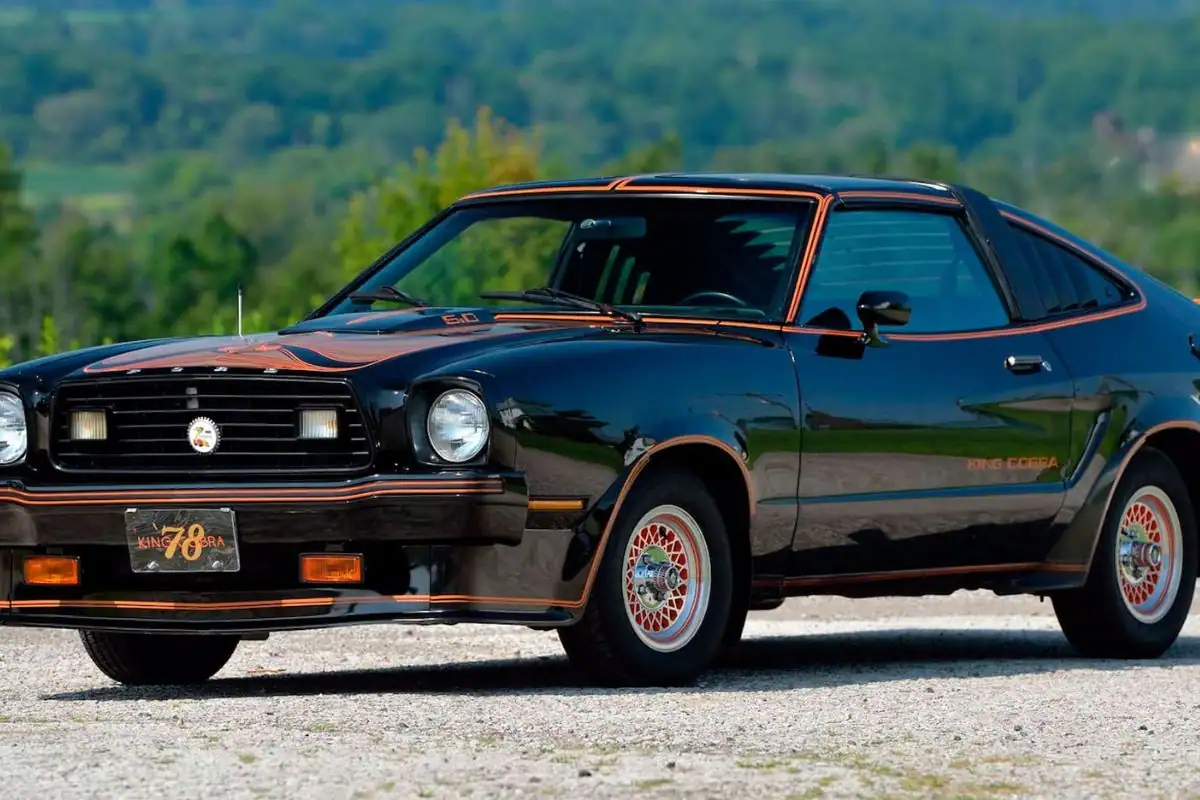
Advertisement
1970-77 Ford Pinto
The entire lineup of Ford Pintos deserves a mention. The car’s name might sound harmless, but the design flaws were anything but. It had a plain look, fragile doors, and a gas tank prone to explosions at the slightest impact. To make matters worse, Ford knew about these issues before releasing the Pinto to the market.
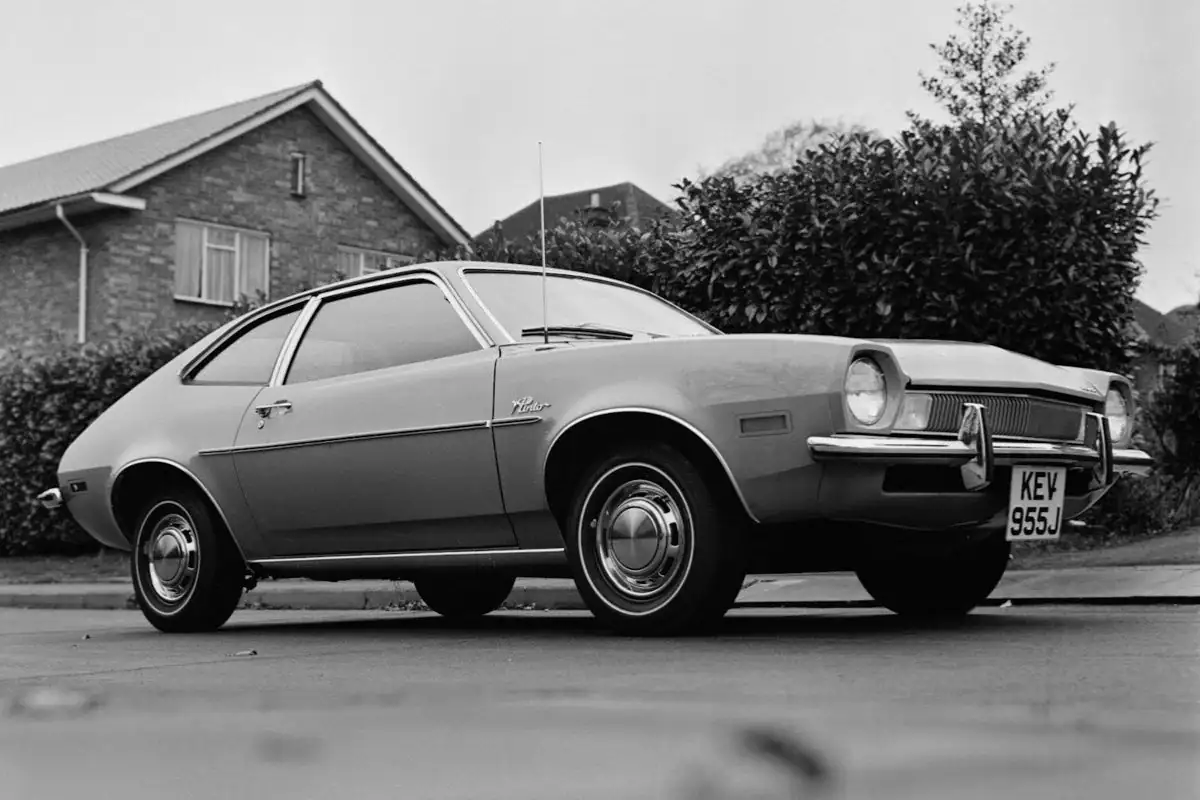
Advertisement
1970-77 Ford Maverick
It seems Ford had a tough decade. The Maverick was their attempt to compete with the increasing number of imported cars. While it wasn’t the worst vehicle ever, it was mediocre at best, except for its bold color choices like "Freudian Gilt." It was an uninspired option that fell flat compared to its competitors.
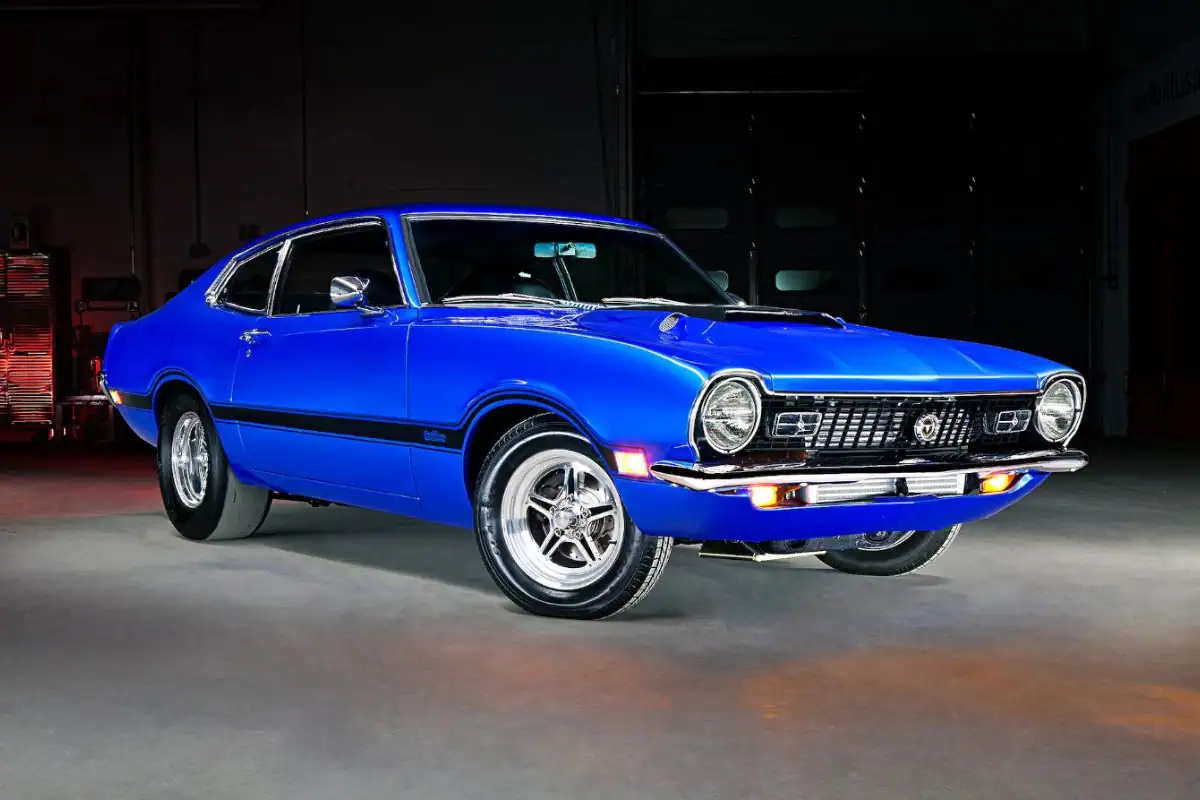
Advertisement
1972 Renault Le Car
The name “Le Car” might sound charming, but the car itself was far from it. With a design that looked like two boxes stacked together, Renault clearly prioritized fashion over function in the 70s. Adding to the surprise, some U.S. police departments even used Le Car for patrols, a choice that raised more than a few eyebrows.

Advertisement
1973 Austin Allegro
The Austin Allegro tried to live up to its name, which means “cheerful,” but didn’t quite succeed. British Leyland attempted to make it unique with features like a square steering wheel, but it only highlighted the car’s odd design. Even with these quirks, it sold relatively well in the UK. However, sales don’t always equate to quality.
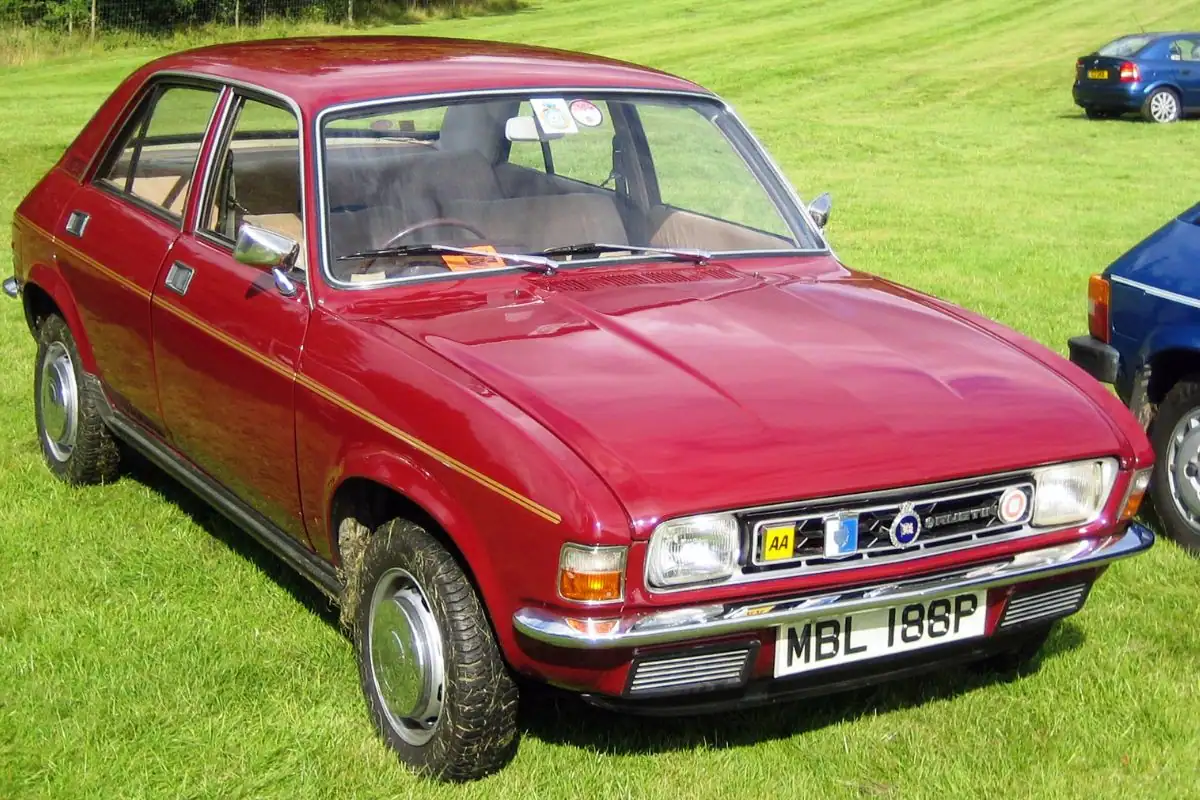
Advertisement
1975 Bricklin SV-1
The Bricklin SV-1 had an impressive look but little else going for it. It was notorious for overheating, a major flaw for a V-8-powered car. Despite multiple redesigns and financial support from the Canadian government, the Bricklin never managed to shake off its issues.
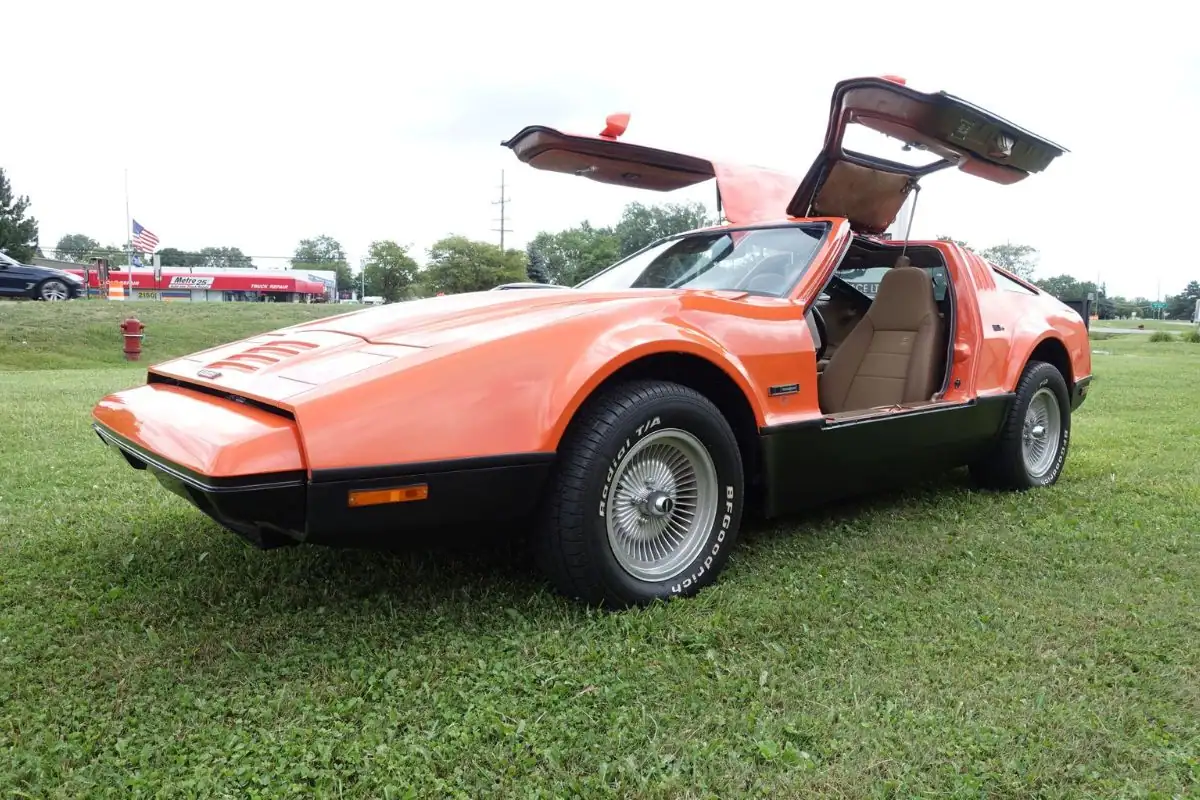
Advertisement
1975 Triumph TR-7
The Triumph TR-7 had a fast, sporty look but was plagued by mechanical issues like head gasket failures. Cost-cutting and poor labor relations at the manufacturing plant didn’t help either. It made a bad impression at its debut during the Frankfurt Motor Show and didn’t improve until it was too late.
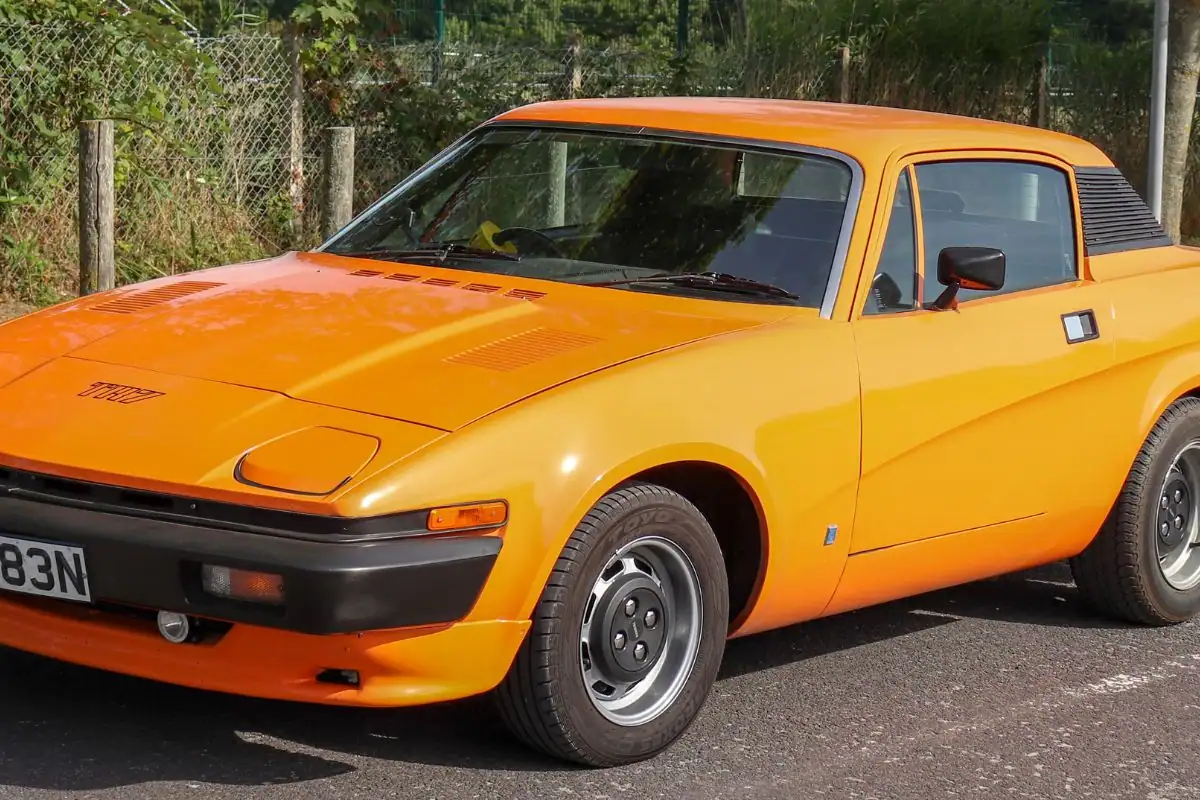
Advertisement
1971 Morris Marina
The Morris Marina is a car that most people have forgotten, and for good reason. It was an unremarkable vehicle that sold surprisingly well in Britain despite its flaws. Early models had suspension problems, and over 30,000 were sold before this was fixed.
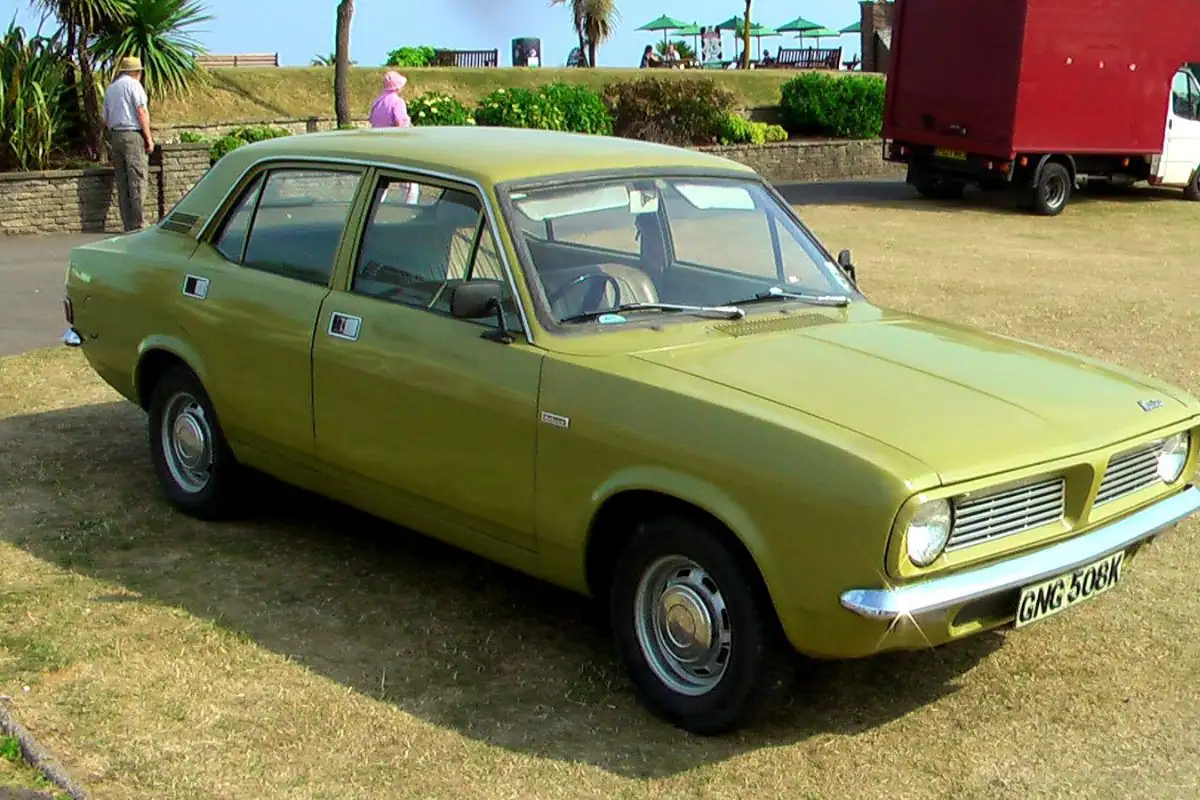
Advertisement
1975 AMC Pacer
Nicknamed the “Flying Fish Bowl,” the AMC Pacer was known for its large windows that gave everyone a clear view inside. While it aimed to be an economy car, the heavy 6-cylinder engine negated any fuel efficiency. It did, however, introduce the cab-forward design, which is something to note.

Advertisement
1978 Plymouth Sapporo
Not much can be said about the Plymouth Sapporo, mostly because it didn’t leave much of an impression. It was so lackluster that it was eventually rebranded as the Mitsubishi Galant. The Plymouth-Mitsubishi partnership tried to push it under various names, but it didn’t gain traction.

Advertisement
1975 Chevy Chevette
Chevrolet, known for icons like the Corvette and Camaro, surprised many with the Chevette. Created as a response to rising oil prices, it was stripped down to be economical. The result was a car with minimal power and style, often given to teenagers as their first car when parents didn’t mind a few dings or scratches.
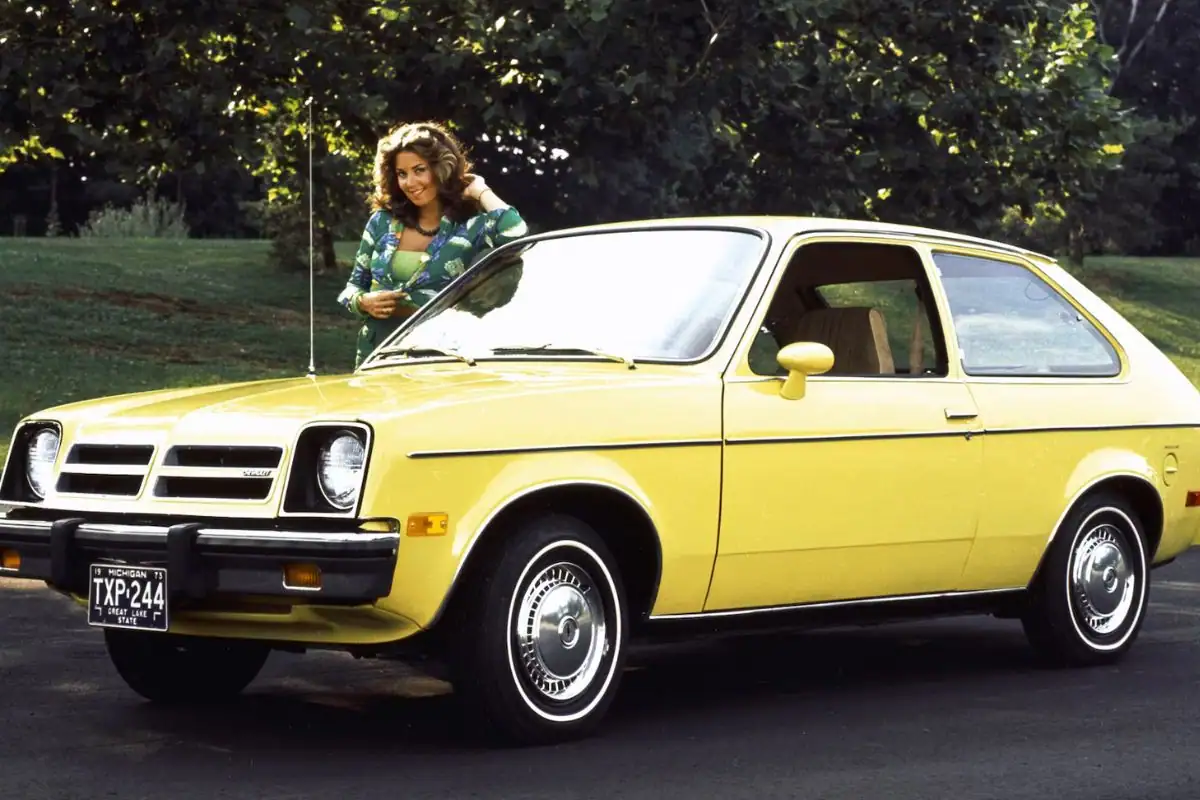
Advertisement
1971-77 Chevy Vega
The Chevy Vega started off strong, even winning Motor Trend’s Car of the Year in 1971. But soon after, it became known for problems like engine reliability, rust, and safety concerns. GM’s slow response to these issues led to the Vega’s decline, despite producing over two million units.

Advertisement
1979-82 Dodge Omni
The Dodge Omni and its cousin, the Plymouth TC3, were the definition of bland. The car was meant to be sporty but came across as an awkward mix between a coupe and an old station wagon. It struggled with sales and failed to build any lasting fan base.

Advertisement
1977-81 Volvo 262C
If you appreciate unique designs, the Volvo 262C might catch your eye—for the wrong reasons. It was Volvo’s attempt to break into the U.S. luxury market, competing against brands like Cadillac and Mercedes-Benz. Unfortunately, its awkward appearance meant few people wanted to be seen driving one, even though it was reliable.

Advertisement
1975 Mercury Bobcat
Ford’s challenges in the 1970s continued with the Mercury Bobcat, essentially a rebadged Pinto. Since the Pinto was notorious for exploding gas tanks, rebranding it didn’t erase its reputation. It seemed more like an attempt to use up leftover parts than an effort to create a new car.

Advertisement
1975-83 Chrysler Cordoba
The Chrysler Cordoba has its defenders, so tread lightly when calling it bad. Fans love the “rich Corinthian leather” that actor Ricardo Montalbán famously praised in commercials. However, the car was large, not fuel-efficient, and fell out of favor as people shifted to smaller, more practical vehicles.
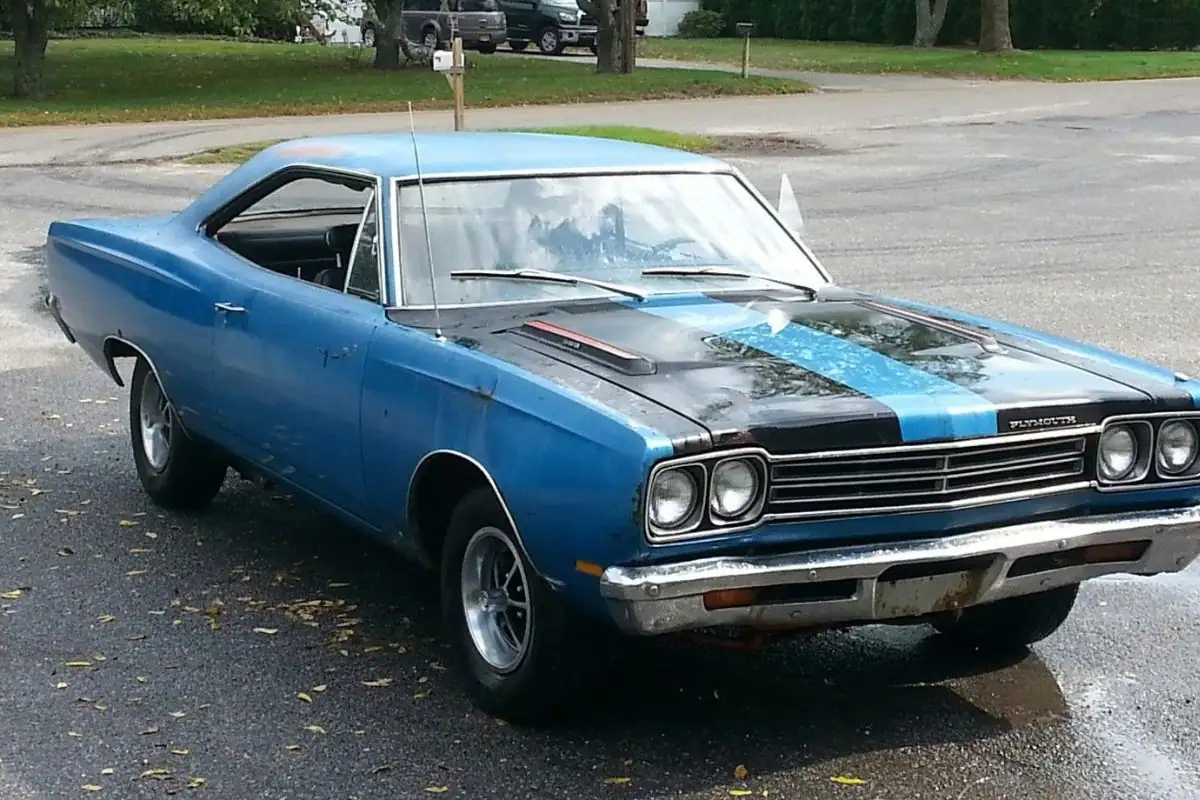
Advertisement
1970-78 AMC Gremlin
The AMC Gremlin took the odd designs of the Pacer and Pinto and somehow made them worse. With its sharp, hard corners, it stood out for all the wrong reasons. To add to its quirky nature, the name “Gremlin” referred to mischievous creatures that were said to cause mechanical failures in airplanes.
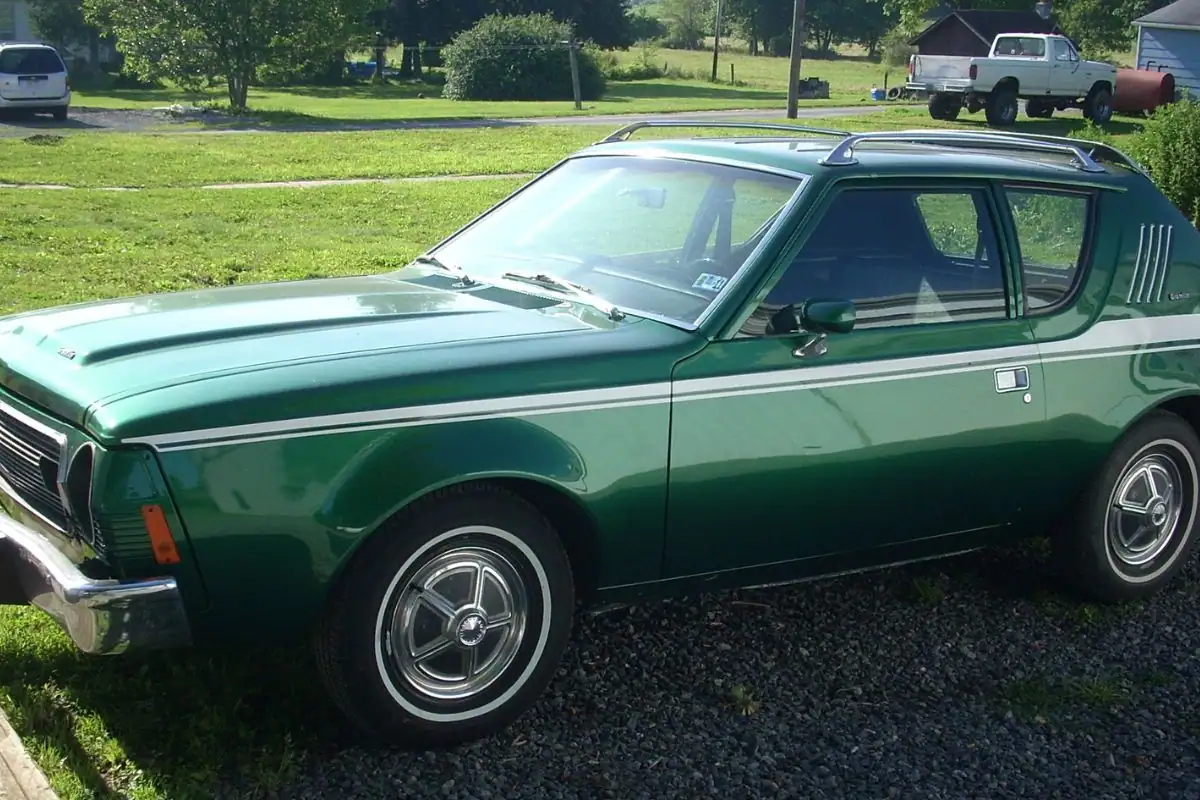
Advertisement
1969-77 AMC Hornet
The AMC Hornet was the product of millions of work hours and $40 million in development. For a car that represented such a major investment, it was surprisingly average. While it performed better than some of its rivals, it didn’t live up to the resources put into it and remains a footnote in car history.

.png)




